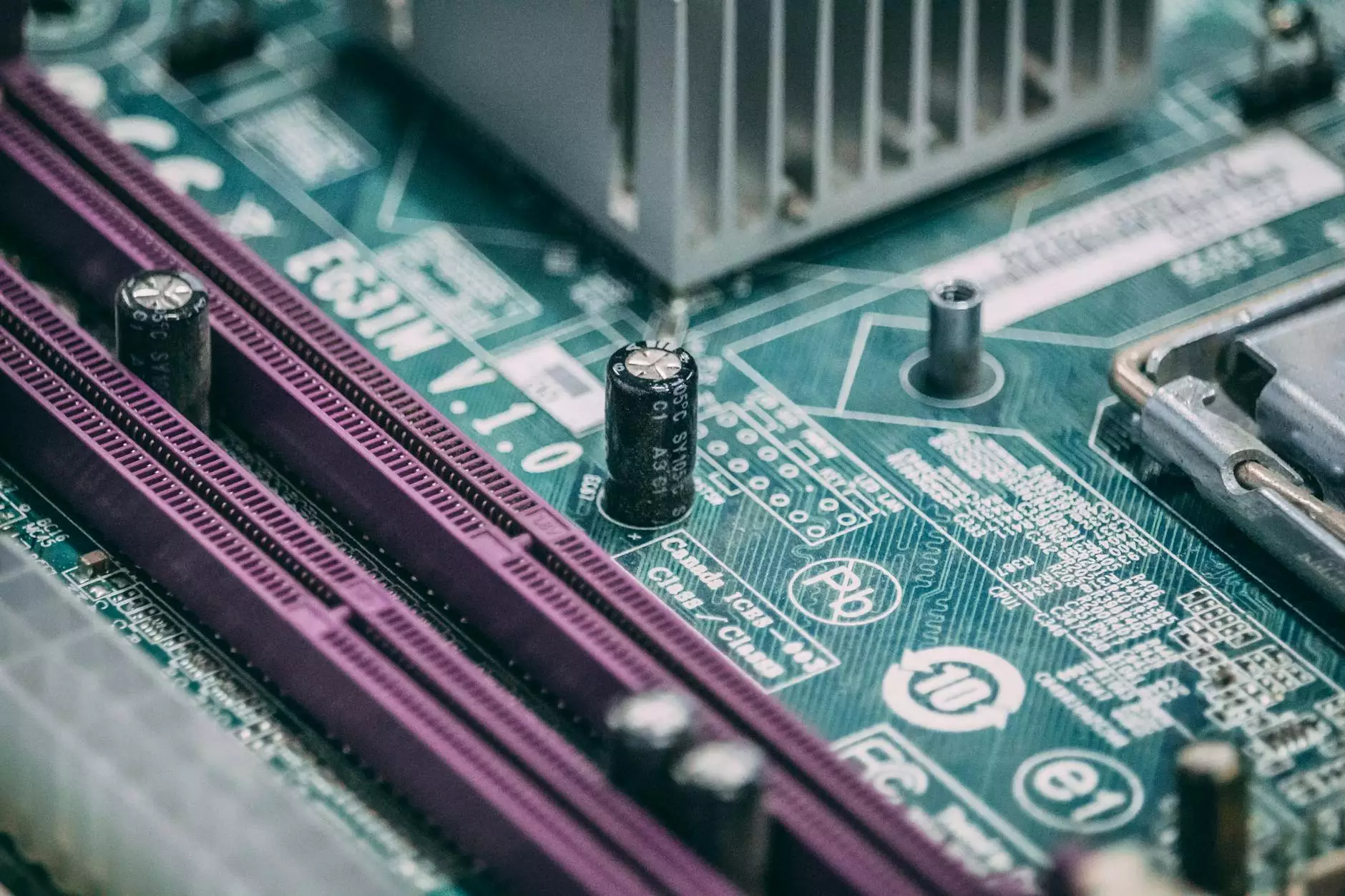CNC Lathe Machining Parts: A Comprehensive Overview

CNC lathe machining parts are essential components in today’s manufacturing landscape, playing a vital role in the production of a wide array of mechanical products. From automotive to aerospace and beyond, the significance of CNC machining cannot be overstated. This article delves deep into the world of CNC lathe machining parts, exploring their importance, processes, and applications in various industries.
Understanding CNC Lathe Machining
CNC stands for Computer Numerical Control, a technology that utilizes computer systems to control machine tools, thereby allowing for precision machining of parts. A CNC lathe is a specific type of machining tool that rotates the workpiece against cutting tools to create cylindrical parts with exceptional accuracy.
The Importance of CNC Lathe Machining Parts
CNC lathe machining parts are critical due to their ability to produce components that meet stringent specifications. These parts are used in various industries, including:
- Aerospace: Components need to be lightweight yet strong.
- Automotive: Precision parts for enhanced performance and safety.
- Medical Devices: High tolerances to ensure functionality and safety.
- Electronics: Intricate parts for various electronic devices.
The versatility of CNC lathe machining makes it an indispensable method in modern manufacturing. Here are some key benefits:
- Accuracy: High precision in part production, leading to fewer rejected parts.
- Efficiency: Automated processes reduce production time and labor costs.
- Versatility: Capability to work with various materials including metals, plastics, and composites.
- Scalability: Easily transition from prototyping to mass production without major changes in tooling.
The CNC Lathe Machining Process
The process of CNC lathe machining typically involves several key steps:
1. Designing the Part
The first step involves creating a CAD (Computer-Aided Design) model of the part to be manufactured. This digital blueprint serves as the foundation for the machining process.
2. Programming
Once the design is completed, a CNC programmer translates the design into a language that the CNC machine can understand. This is done using G-code, which dictates movements, speeds, and tooling actions.
3. Setting up the Machine
The CNC lathe must be set up with the correct tooling and material. This includes choosing the appropriate cutting tools and configuring the lathe for the specifics of the job.
4. Machining the Part
The actual machining begins, during which the workpiece is securely mounted and the lathe's spindle rotates it. As the lathe spins, the cutting tools engage with the material, shaping it into the desired form.
5. Quality Control
After machining, the part undergoes rigorous quality control checks. This ensures that it meets the specified tolerances and standards for its intended application.
Materials Used in CNC Lathe Machining
CNC lathe machining can accommodate a variety of materials, each with unique properties suited for different applications. Common materials include:
- Aluminum: Lightweight, corrosion-resistant, and easy to machine.
- Steel: Offers strength and durability, suitable for high-stress applications.
- Copper: Excellent conductivity, often used in electrical components.
- Plastic: Used for lightweight components, providing cost-effective solutions.
- Titanium: Exceptional strength-to-weight ratio and corrosion resistance, ideal for aerospace applications.
Applications of CNC Lathe Machining Parts
CNC lathe machining parts have a broad range of applications across different sectors:
Aerospace Industry
Parts produced for aerospace applications often require complex geometries and stringent tolerances. CNC lathe machining provides the necessary precision and reliability.
Automotive Industry
The automotive sector relies heavily on CNC lathe machining for components like bushings, connectors, and various under-the-hood parts, ensuring vehicles operate smoothly and efficiently.
Medical Equipment
Precision is paramount in medical devices, making CNC lathe machining indispensable for producing surgical instruments and implantable devices that must comply with strict regulatory standards.
Electronics Manufacturing
From consumer gadgets to industrial electronics, CNC lathe machining is key in creating housings, connectors, and components that meet rigorous specifications for performance and reliability.
Future Trends in CNC Lathe Machining
The landscape of CNC lathe machining is continually evolving, driven by technological advancements and market demands. Some trends to watch include:
1. Increased Automation
As the industry moves towards Industry 4.0, increased automation and integration of smart technologies, including IoT, will enhance efficiency and reduce costs in CNC machining.
2. Advanced Materials
Research into new materials, such as composites and superalloys, will expand the applications and capabilities of CNC lathe machining, enabling the production of parts that can withstand extreme conditions.
3. Sustainability Efforts
Manufacturers are increasingly focused on sustainable practices, seeking methods that reduce waste and energy consumption while promoting the recycling of materials used in the machining process.
Conclusion
In conclusion, CNC lathe machining parts play an integral role across multiple industries, serving as the backbone for innovation and production while ensuring quality and consistency. As technology advances, CNC lathe machining will continue to adapt and transform, shaping the future of manufacturing. Companies like Deep Mould are at the forefront of this transformation, utilizing cutting-edge techniques and unparalleled expertise to deliver exceptional machining solutions. Understanding these facets of CNC lathe machining equips businesses and engineers alike to make informed decisions in a rapidly evolving marketplace.
Learn More
For those looking to dive deeper into the world of CNC lathe machining, it is recommended to explore various resources, attend industry conferences, and engage with experts to stay updated on innovations and best practices.









